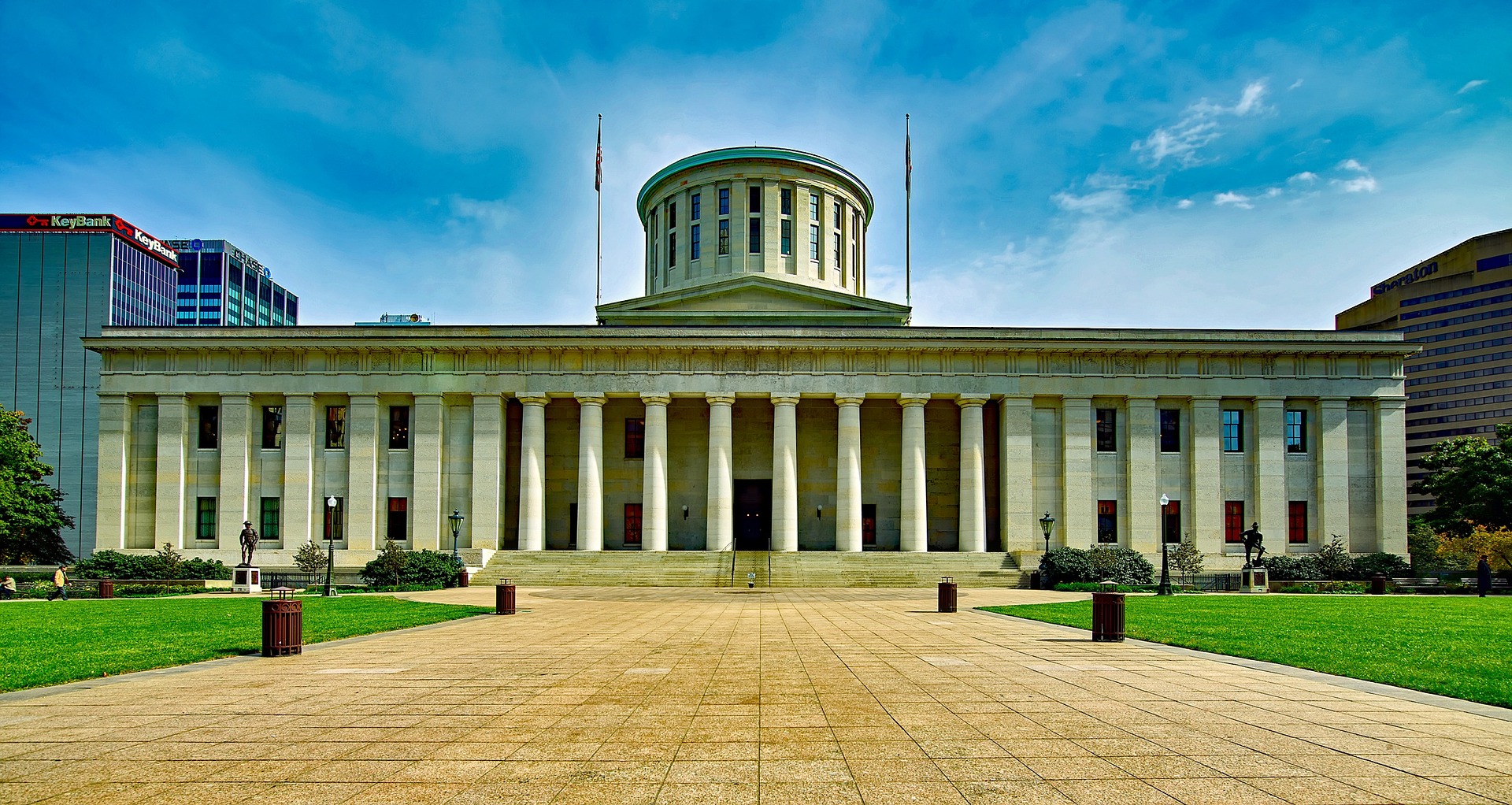Evaluating the Prospects of Converting Commercial Real Estate to Residential Units
In the shifting landscape of real estate, one emerging trend is the conversion of commercial spaces into residential units. This strategy has gained traction as cities grapple with housing shortages and the reduction in demand for commercial spaces due to the rise of remote work. This article will delve into the historical context, recent developments, benefits, challenges, and potential impacts of this growing practice in the real estate realm.
Historical Context and Key Developments
Commercial to residential conversions are not a new concept. In fact, they have been part of urban development since the industrial revolution, when factories and warehouses were transformed into residential lofts. However, the trend has picked up pace in recent years due to urban densification and changes in work culture. The shift towards remote work has left many commercial buildings underutilized, prompting investors to consider alternative uses for these spaces.
Current Market Trends and Financial Insights
Market data indicates a steady increase in commercial to residential conversions, especially in metropolitan areas with high housing demand. Financially, these conversions can yield significant returns. Commercial properties, particularly office spaces, often have larger floor plans and existing infrastructure that can be adapted for residential use, reducing construction costs. Moreover, the high demand for housing in urban areas can command higher rental prices, offering lucrative returns for investors.
Advantages, Challenges, and Impact
One of the main advantages of commercial to residential conversions is the efficient use of space. By repurposing underutilized commercial property, cities can address housing shortages without sprawling outwards. This strategy can also breathe new life into declining commercial areas, stimulating local economies.
However, there are challenges. Zoning regulations, building codes, and retrofitting costs can pose hurdles. Additionally, not all commercial buildings are suitable for residential use due to factors like location, layout, and infrastructure.
The potential impact of this trend on buyers, sellers, and investors is significant. Buyers and renters benefit from increased housing options, while sellers and investors can capitalize on new revenue streams. However, increased competition may also lead to displacement of small businesses and gentrification.
Balancing Depth and Accessibility
While commercial to residential conversions offer enticing opportunities, it’s important to approach them with a thorough understanding of the risks and rewards. Navigating the complexities of zoning laws, retrofitting costs, and market dynamics requires in-depth knowledge and expertise. However, with careful planning and strategic execution, these conversions can provide a viable solution to urban housing challenges and offer potential for profitable investments.
In conclusion, the practice of converting commercial real estate to residential units is an evolving trend with promising prospects. As with any real estate strategy, it demands careful consideration and expert guidance. By understanding its historical context, current market trends, advantages, challenges, and potential impacts, investors and developers can make informed decisions and capitalize on this emerging opportunity.






